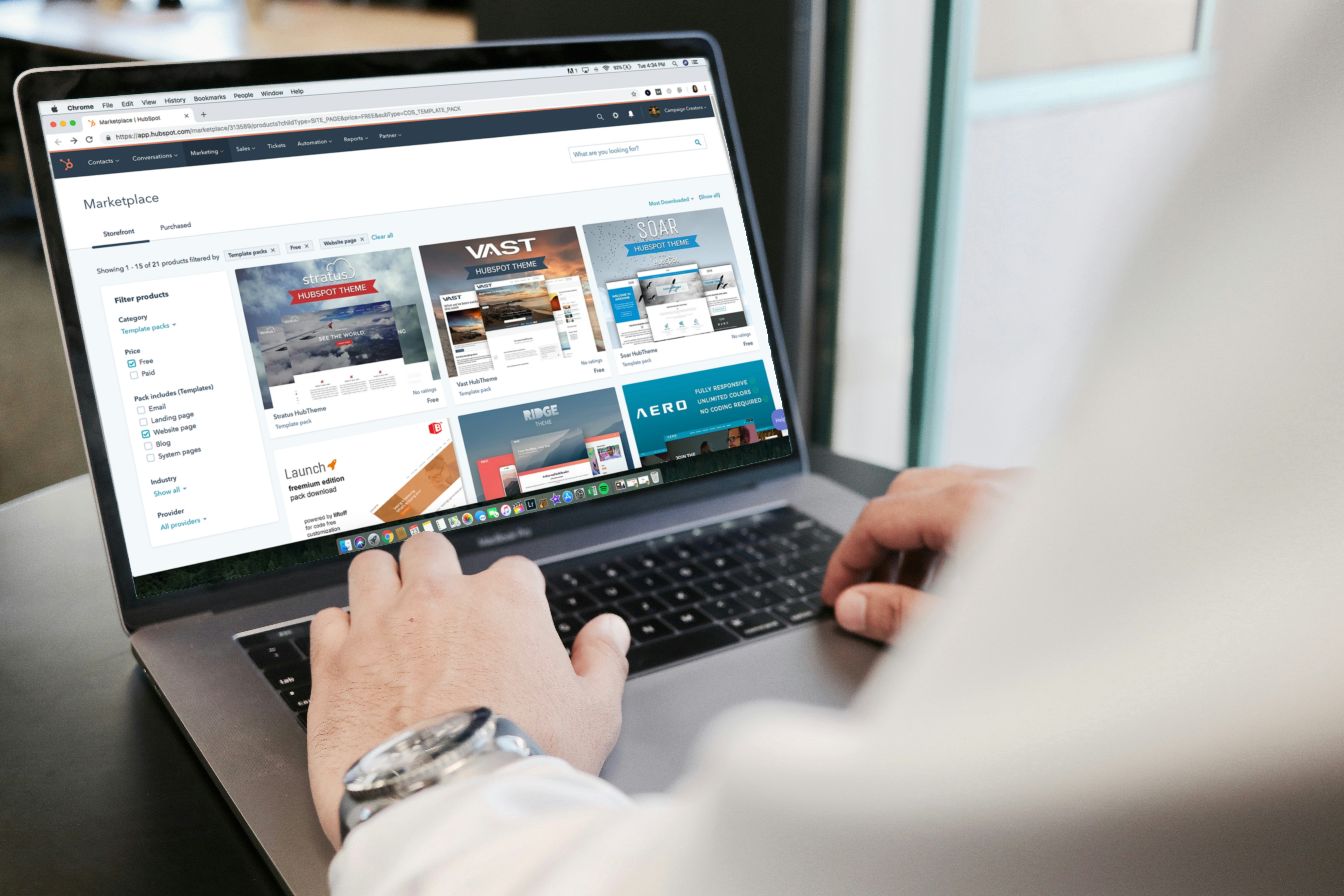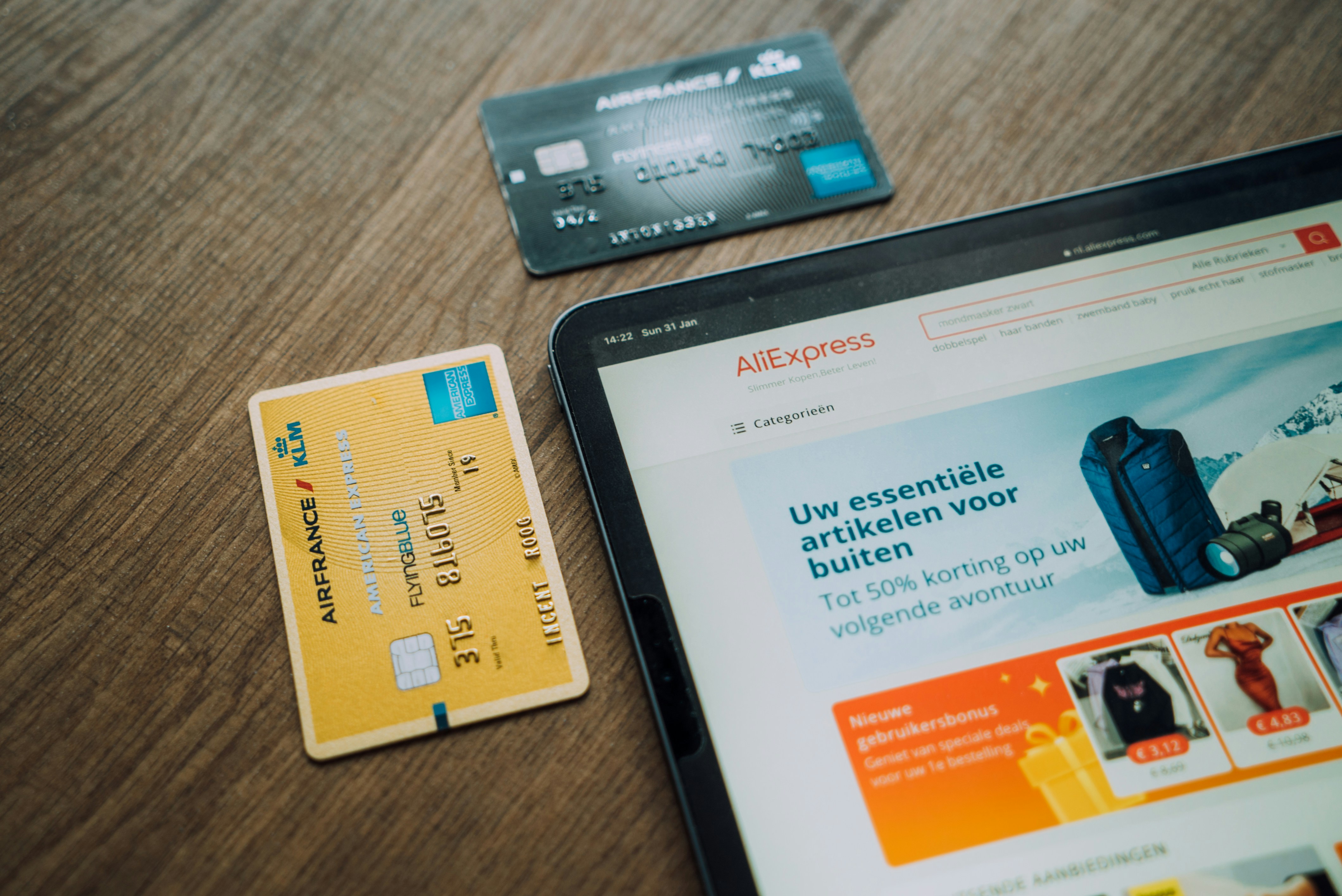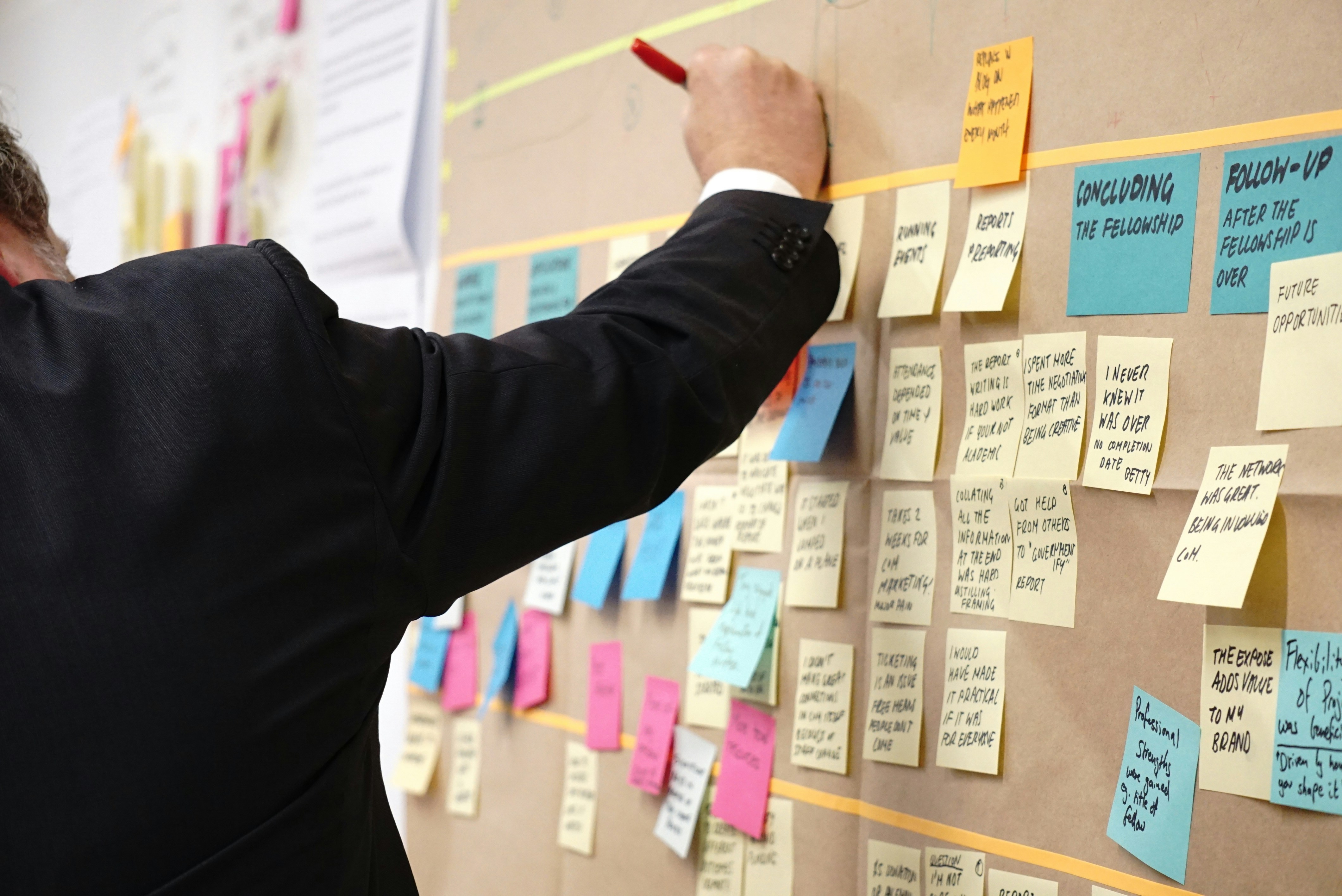In this blog, we'll explore the most effective strategies and the value of customer lifecycle management best practices. Stay tuned to dive into the world of enhancing customer experiences!
What Is the Customer Journey?

A customer journey is the series of interactions that someone has from the moment they become aware of your business, to the process of considering your offer, becoming a client, and — hopefully — becoming a fan of your brand. It also includes the alternative paths where prospects drop out of the process for one reason or another.
Optimizing Your Customer Journey
If you own a business and have clients, you already have a customer journey. The question is, are you intentionally managing your customer journey for an optimal customer experience, or are you leaving it to chance?
Most businesses start with a “Frankenstein” customer journey that has been pieced together over time out of the necessity of the moment. It’s happened organically, but may not be fully understood and probably isn’t being leveraged properly, which means you’re leaving money on the table.
Why You Need a Deliberate (not accidental) Customer Journey
Let’s put it bluntly: Leads are expensive. More specifically, leads that don’t convert to clients are expensive. Yet every company needs leads in order to get sales. So it’s extremely important that a business’s leads convert well, especially for small businesses with limited marketing budgets.
An optimized customer journey can help improve conversion rates by making the buying path easier for prospective clients to navigate, easier for them to say “yes” to. It also creates a positive interaction with your company that makes them more likely to give you glowing reviews and recommend you to others.
Crafting an Exceptional Customer Experience Strategy
The goal is to map out an ideal customer experience — including what you can do if things go awry — so that you can ensure your clients have an experience that leaves them satisfied, hungry for more, and eager to sing your praises to everyone they know.
What Are the 5 Stages of the Customer Journey?

1. Awareness
This is when a potential customer becomes aware of your company and services. They could become passively aware, such as by seeing an advertisement, or they may become aware proactively, such as by searching for companies in your area that offer the services you do.
2. Consideration
At the consideration stage, the potential customer is now aware of your company and that you offer services that could fit their needs. During this stage, prospective customers weigh their options and evaluate your services against your competition. They may be completing activities such as checking online reviews or inquiring with trusted friends or colleagues to learn what others say about your brand. In doing so, they seek a clear answer on whether to purchase from your brand.
3. First Purchase/Decision
A potential customer reaches this stage when they have all the information they need to decide whether your company can meet their needs within their determined budget and scope. The individual or purchasing team goes from being a potential customer to a customer. Depending on the perceived importance of the purchase — as well as the personality of the buyer — it may take a long time to reach this phase.
4. Retention/Loyalty
The retention phase focuses on keeping your customers happy and engaged. As your customers use your product or service, they make repeat purchases and continue to buy again from your company. During this stage, you are also focused on providing excellent customer service.
5. Advocacy
In this stage, customers to whom you have delivered value that exceeded their expectations are doing their own marketing work for your company. They voluntarily talk about your business and encourage their colleagues and friends to try your services for themselves. Customers who share positive reviews about your company show that you deliver on brand promises you’ve made. Not all customers will reach this stage, but your goal should be to plan programs that ensure many of your customers will become loyal advocates for your brand.
Related Reading
8 Customer Journey Best Practices for Efficient Management

1. Set Clear Goals
Setting clear goals is essential before beginning the process of mapping the customer journey. Defining the objectives will ensure that the map aligns with both customer and business goals.
2. Understand Your Customers
It is crucial to conduct in-depth research to understand different buyer personas. This will help in creating unique maps for each type of buyer.
3. Create a Different Map for Each Type of Buyer
Designing a unique map for each buyer persona allows for a more personalized experience on the customer journey.
4. Collaborate with Stakeholders
Involving multiple perspectives from relevant stakeholders during the creation of the customer journey map ensures a holistic view and better decision-making.
5. Track Every Step (Including the Ones in Between)
Being meticulous in tracking every phase a customer goes through in their journey provides a comprehensive understanding of the customer experience.
6. Measure the Outcome
Monitoring key performance indicators (KPIs) set in the initial stage helps in evaluating the success of the customer journey map.
7. Make it Cyclical
Acknowledging that most customer journeys are not linear and making the map cyclical aids in understanding different pathways to purchase.
8. Create a Living Document
Updating the customer journey map regularly and making it a living document adapts to changes in the market and customer behavior, ensuring relevance and accuracy.
Related Reading
- Digital Customer Journey Mapping
- Customer Journey Analysis
- Ecommerce Customer Journey
- B2B Customer Journey
- Customer Journey Orchestration
- Omnichannel Customer Journey
- Saas Customer Journey
- Marketing Automation Customer Journey
- Customer Journey Optimization
- Micro Moments Customer Journey
- Customer Journey Research
- Customer Journey Automation
- Customer Journey Insights
- Customer Journey Dashboard
- Customer Journey Personalization
- Customer Journey Metrics
Create Personalized Experiences That Drive Loyalty and Growth with Rengage — Book A Free Demo Today
Rengage accelerates customer journeys from onboarding to conversion and churn, enabling businesses to unlock revenue from their existing user base. With Rengage, businesses can gain insights into customer segments, run campaigns using the intuitive journey manager, and measure the impact of their customer journeys on conversions through features like Journey Moments and Journey Builder.
Journey Moments provides insights into micro-segments, while Journey Builder offers multi-channel marketing automation. The platform also provides insights, predictions, and attributions that help businesses measure the effectiveness of their customer journeys.
Book a free demo to learn how Rengage can transform customer interactions into personalized experiences, driving loyalty and growth.
Related Reading
- Customer Lifecycle Management Software
- Customer Journey Mapping Tools
- Customer Journey Management
- Braze Alternative
- Fullstory Alternatives
- Adobe Analytics Alternatives
- Customer Journey Analytics Tools
- Iterable Competitors
- Marketo Alternatives
- Onesignal Alternatives
- Clevertap Alternatives
- Bloomreach Alternatives
- Customer.io Alternatives
